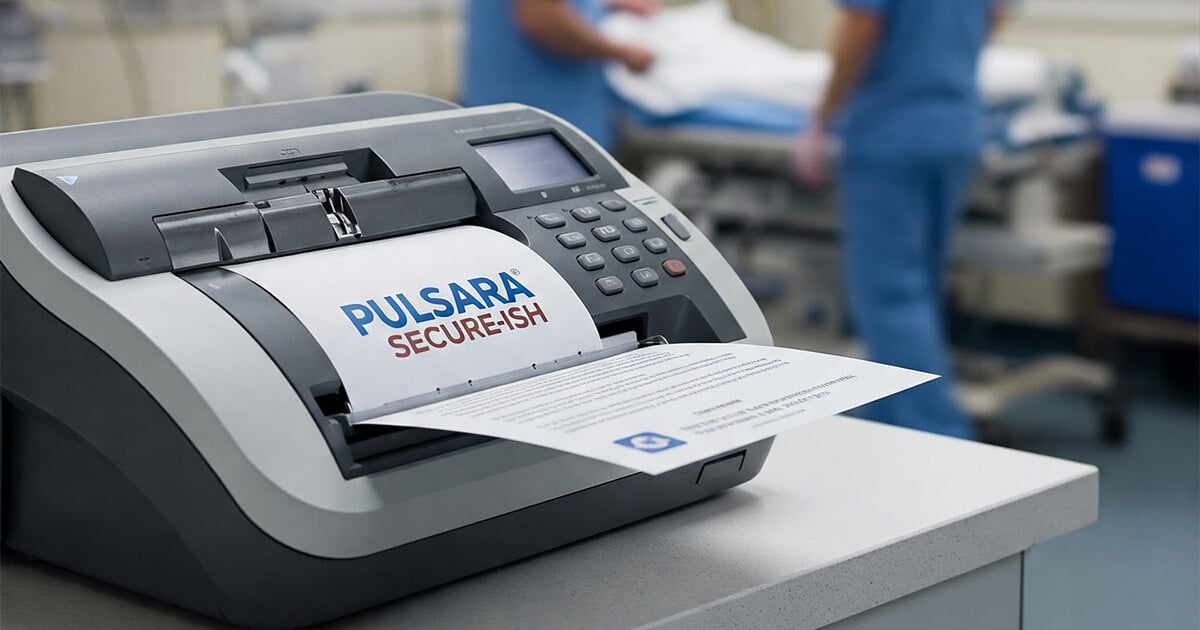Baker to Vegas: Leveraging Pulsara to Manage a Planned Event
Although they have the advantage of prior awareness and preparation, large-scale planned events pose unique challenges for emergency management...
1 min read
 Hannah Ostrem
:
Jan 05, 2016
Hannah Ostrem
:
Jan 05, 2016

The findings of new research support the notion that improving heart attack outcomes begins with patient education.
 The study - which suggests that early treatment to restore blood flow rapidly after heart attack symptom onset may reduce heart tissue damage - tested 2056 patients who had received treatment in three different time groupings. The first group received treatment less than 2 hours after symptom onset, the second group received treatment 2-4 hours after symptom onset, and the third group received treatment more than 4 hours after symptom onset.
The study - which suggests that early treatment to restore blood flow rapidly after heart attack symptom onset may reduce heart tissue damage - tested 2056 patients who had received treatment in three different time groupings. The first group received treatment less than 2 hours after symptom onset, the second group received treatment 2-4 hours after symptom onset, and the third group received treatment more than 4 hours after symptom onset.
The results showed that patients who were treated more than 2 hours after symptom onset were less likely to have blood flow entirely restored to the heart and were more likely to die three years later than those who were treated in under 2 hours.
But the really interesting point comes from a quote by study author Dr. Roxana Mehran: In patients whose heart attacks were caused by coronary artery blockage, "the decrease in median door-to-balloon time in recent years has not resulted in a reduction in mortality.”
This somewhat counterintuitive point gets at a truth that is often ignored when thinking about heart attack treatment: that rather than focusing just on reducing door to treatment time, instead patient education, and thereby earlier identification of heart attack symptoms, may be key. This education is instrumental in reducing the time between symptom onset and first medical contact.
According to Dr. Michael Kutcher, a cardiologist at Wake Forest Baptist Medical Center, "We as an interventional cardiology community should continue to educate the public and health care providers regarding the importance to quantify symptom onset-to-balloon time and follow through with prompt action."
Indeed, as this study suggests, healthcare professionals must focus on patient education and on establishing systems that help reduce SYMPTOM ONSET to DEFINITIVE TREATMENT for time-sensitive emergencies (Oh, and Pulsara can help you do that).

Although they have the advantage of prior awareness and preparation, large-scale planned events pose unique challenges for emergency management...

For Those Who Love a Good "Oopsie!" At Pulsara, we pride ourselves on enabling secure, HIPAA-compliant communication for healthcare teams. But let’s...

March Recap A New Integration: Improving Data Management, Streamlining Workflows, and Improving Care CoordinationOnly a few days ago, we announced...